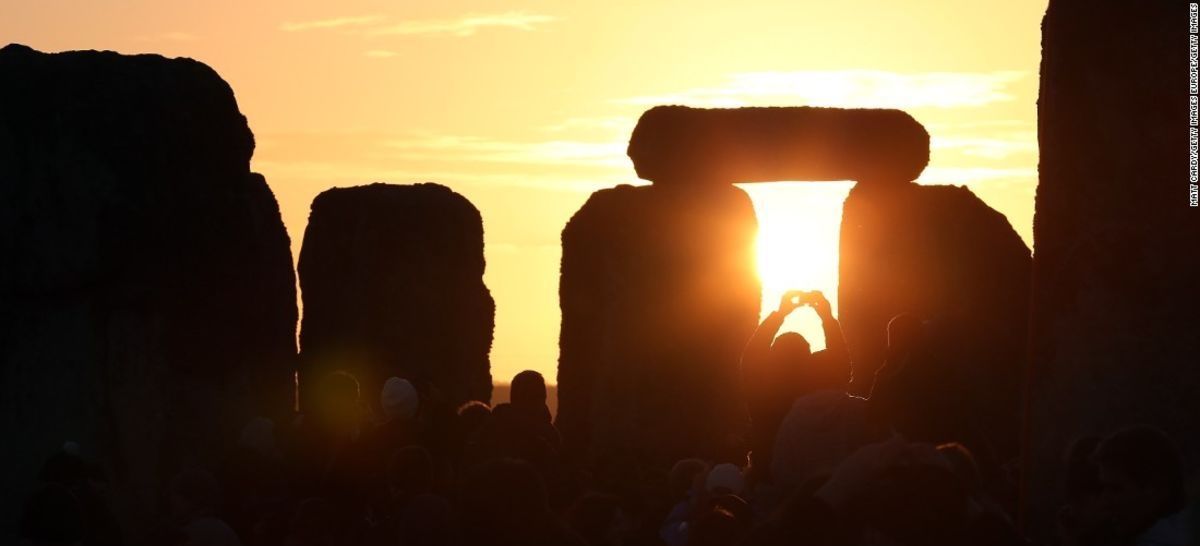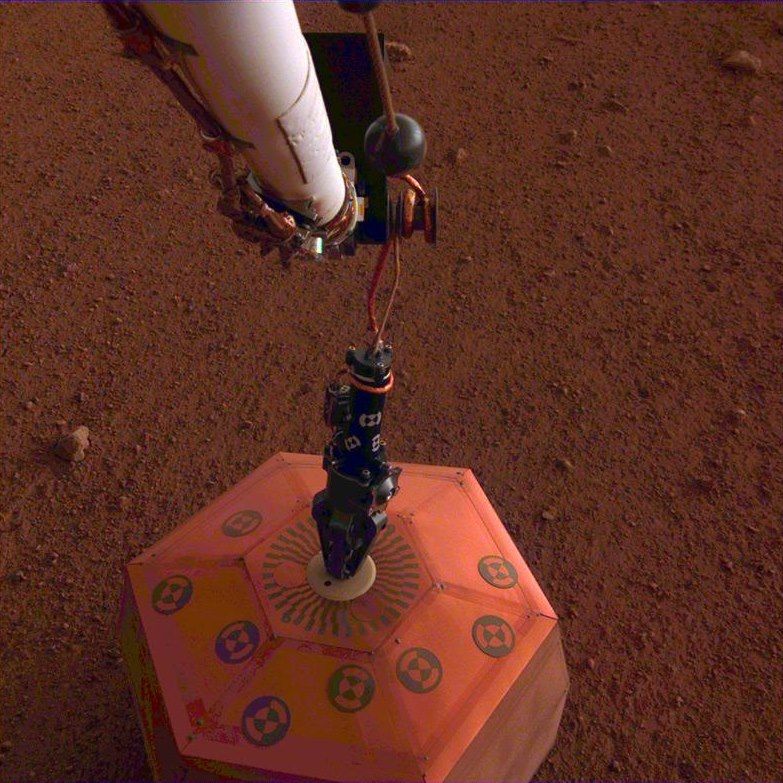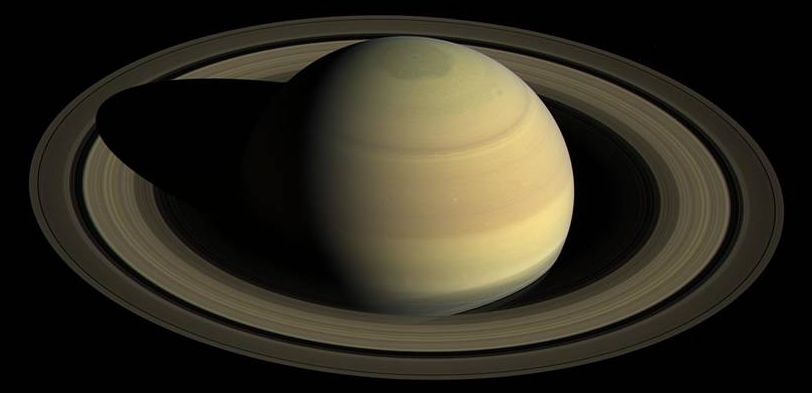We can now “hear” the universe thanks to these scientists.



Winter solstice, the shortest day of 2018, is Friday, December 21.
The solstice this year will be extra special because it will be followed the next day by a full moon known as the Cold Moon, and you might be able to see a meteor shower to boot.
First, CNN meteorologists Dave Hennen, Judson Jones and Brandon Miller help us understand the science behind the solstice.
The most detailed simulation of the universe shows how galaxies evolved since the dawn of time.

19, marking the first time a science instrument has ever been placed onto the surface of another planet. The lander is set to study the interior of Mars and listen for marsquakes. Details: https://go.nasa.gov/2EDHdXt
NASA launches, landings, and events. Watch live broadcasts from NASA Television and NASA’s social media channels, and a schedule of upcoming live events including news briefings, launches and landings.


CHECK THIS OUT: Diwata-2’s first images of the Philippines have been successfully captured and downloaded! While things have seemed quiet after Diwata-2’s launch into space last October 29, the team has been busy working on the initial tests and calibration of Diwata-2’s payloads. Stay tuned for more images and updates in the coming weeks! Read more about the first few images here: https://bit.ly/2E9oi6m #Diwata2 #D2nMe

Scientists from NASA Goddard have discovered that not only are Saturn’s rings younger than previously thought, but also that the rings are actually disappearing at a rapid pace through a process called “ring rain.”

The winter solstice, falling on December 21, 2018, will mark the shortest day of the year as well as a full moon in the night sky. The upcoming full moon named the Cold Moon or the Long Night Moon will be visible during the longest night of the year.
The two events don’t perfectly align. The peak full Moon will occur on December 22 at 12:49 p.m. EST while the winter solstice falls a day earlier on December 21. However, to the typical person viewing the moon, it will appear full for several days.
The winter solstice marks a transition period where days begin getting longer in the Northern Hemisphere and shorter in the Southern Hemisphere. The evening of the winter solstice will be the longest of the year for the Northern Hemisphere. This is because Earth’s poles create a maximum tilt away from the Sun in the Northern Hemisphere and maximum tilt toward the Sun in the Southern Hemisphere.
